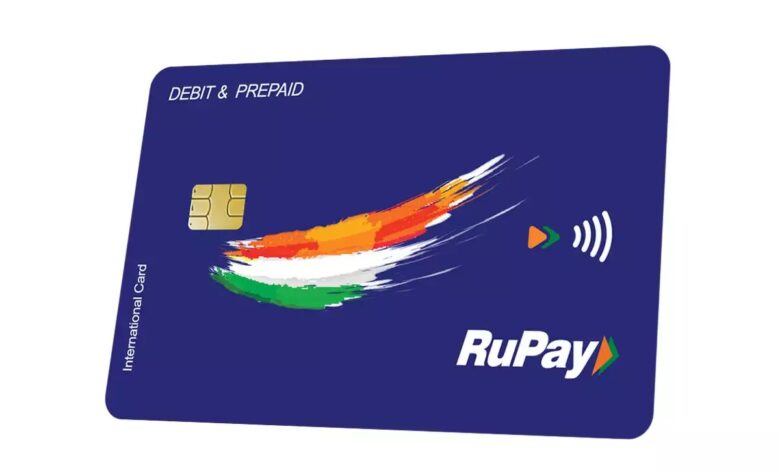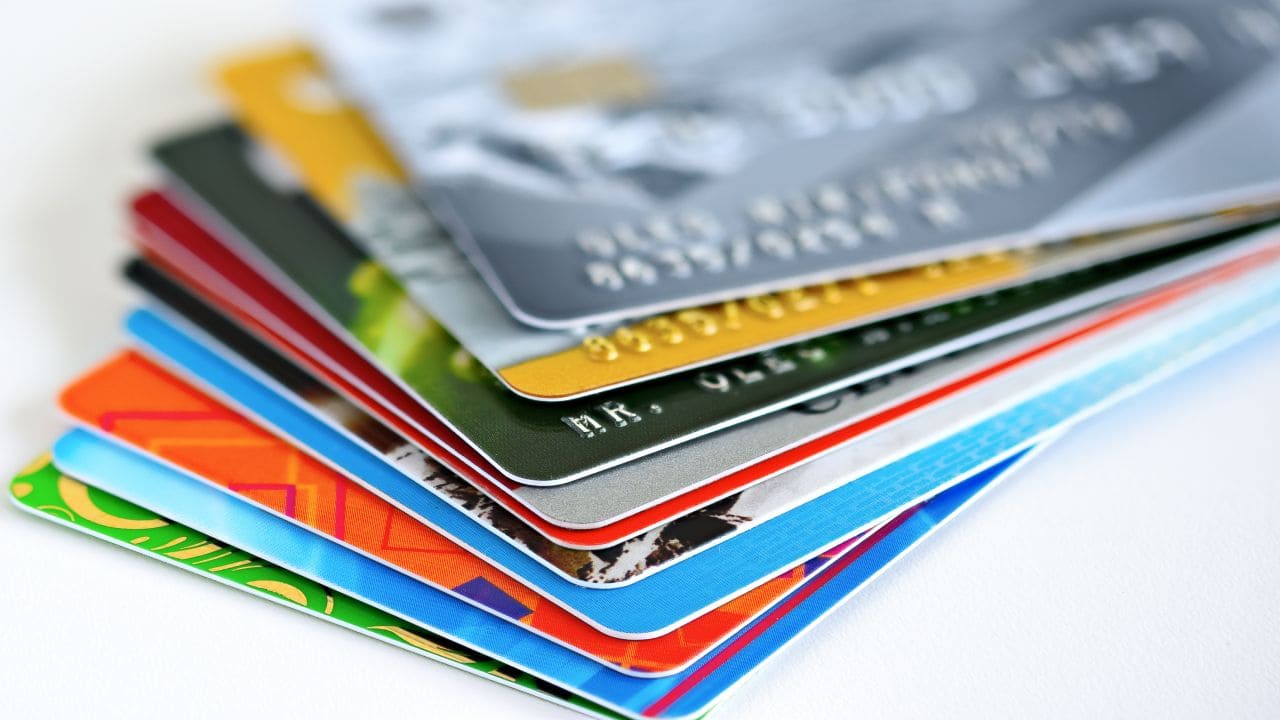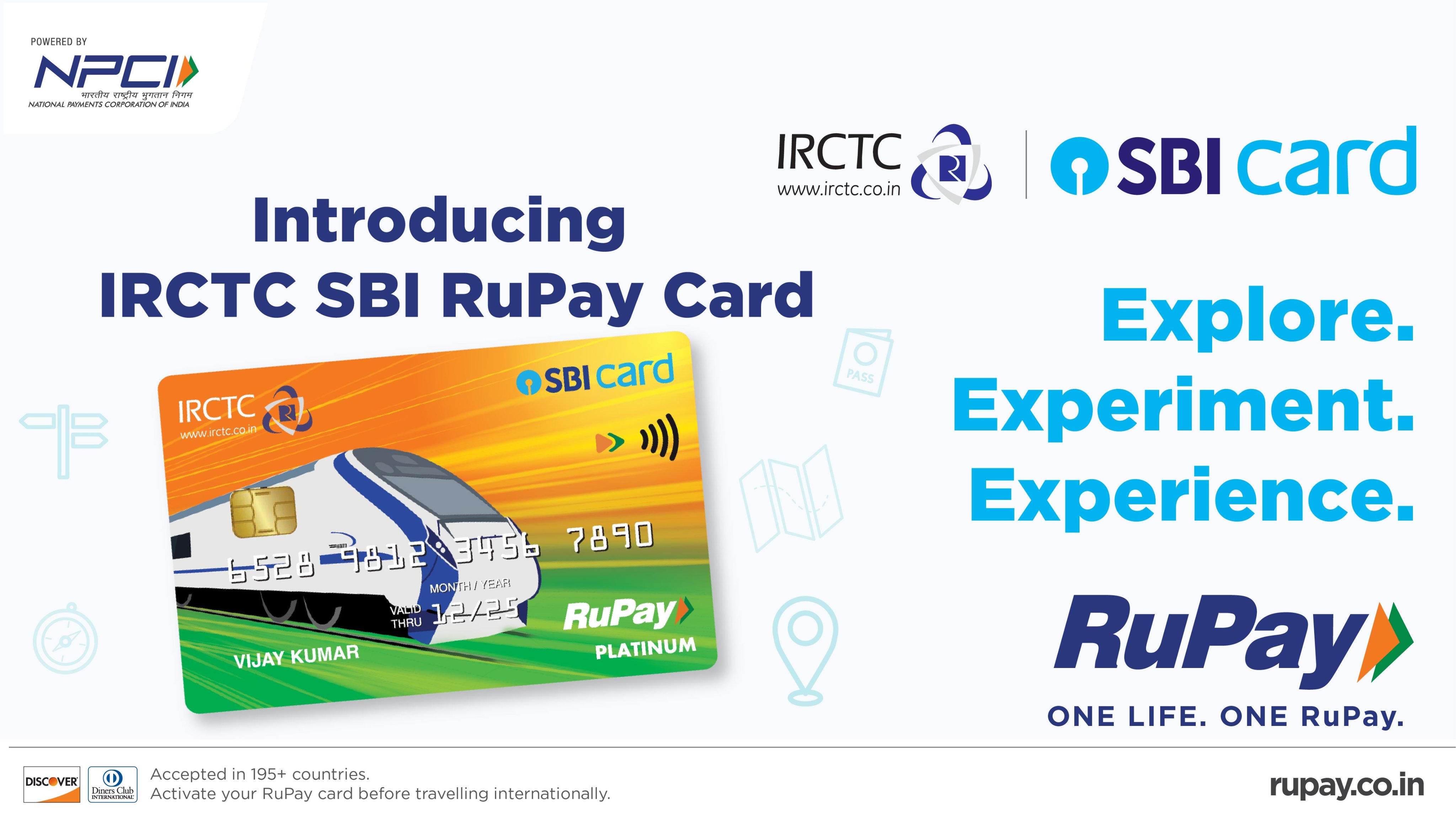In terms of credit cards, RuPay may overtake both Visa and Mastercard. Unlocking the door will take financial incentives and global approval.

In terms of credit cards, RuPay may overtake both Visa and Mastercard. Unlocking the door will take financial incentives and global approval.
When the NPCI launched RuPay in March 2012, it was evident that the Atmanirbhar message was being transmitted. The government built a local, open, and multilateral card payments infrastructure to replace foreign technology-only card payments infrastructure. After its launch, RuPay debit cards quickly gained a 35% market share among public-sector banks.
So RuPay has just begun the most challenging stage of its journey. Credit cards irritate Visa and Mastercard.
According to RuPay, over 1.5 million credit cards are in circulation. In comparison, India today has 69 million credit cards in use. Visa controls over 63% of the market, followed by Mastercard (32%) and American Express (2%-3%). By the conclusion of the fiscal year, RuPay should have over 2% of the market. To double or treble this amount by the following fiscal year’s end.
It’s an excellent question.
The solution can be found in the platform’s founders’ problems.
Even though PSBs have accepted RuPay debit cards, government initiatives that guarantee a 0 per cent merchant discount rate have encouraged the adoption of the UPI (Unified Payments Interface) (MDR or the commission earned for enabling transactions). In December, the government provided subsidies to RuPay and UPI to the tune of INR1,300 billion. Each bank participating in the trade would receive a percentage of the monies in question. Last week’s Union Budget, which was presented this week, included a statement from government leaders reaffirming their commitment to supporting both.
With its ease of use and accessibility, the Unified Payments Interface (UPI) appeared a cakewalk for the National Payments Corporation of India (NPCI). On the other hand, credit cards do not have any distinguishing characteristics that may alter the course of events.
First and foremost, there is a lack of variety in incentives and value-adds.
In the credit card sector, the card-issuing banks are in complete control. They receive a substantial percentage of the MDR or the commission earned on each transaction. A portion of the money collected by a consumer is distributed among the financial institutions that have installed point-of-sale (PoS) equipment in their stores (also known as acquirer banks). Network firms like Visa, Mastercard, and RuPay are compensated for their services on a minimal basis.
The issuing bank earns 1.75 per cent of the total MDR, the acquiring bank receives 0.25 per cent of the full MDR, and the payment network (for example, Visa) receives 0.1 per cent of the total MDR. Depending on where you live in India, this might range from 1.5 per cent to 3 per cent.
This commission contributes to the funding of credit card reward points and other privileges, such as access to airport lounges, among other things. Since the Reserve Bank of India (RBI) has established the minimum deposit rate (MDR) for debit cards at 0.9 per cent, everyone in the ecosystem benefits.
Market forces drive MDR and NPCI charges interchange in the credit card category at a competitive rate with the rest of the industry. To gain market share in credit cards, the National Payments Corporation of India (NPCI) is aggressively pursuing new customers.
Because the issuing banks wield significant power, the card networks can benefit from this power. Thousands of millions of rupees are awarded to each bank as incentives to encourage them to expand their operations. Examples of how incentives are passed on to the financial institutions that receive them include marketing expenditures and the costs connected with launching a new credit card, to name a few instances.
Axis Bank, HDFC Bank, ICICI Bank, and SBI Cards (a publicly listed subsidiary of the government-owned State Bank of India) are just a few financial institutions with a substantial presence in India’s credit card industry.
Customers’ spending on the network rises at a rate equivalent to or greater than the yearly increase in the total number of card payments made in the United States, and banks are rewarded accordingly. A substantial chunk of a bank’s business is challenging to transfer to a new network (RuPay in this case) because the breadth and volume of the incentives are dramatically decreased.
“The top five credit card issuers receive the vast bulk of the marketing assistance provided by the payment networks,” says the author.
NPCI, on the other hand, attempted to assist the network by decreasing the rates it recovers from the exchange. There may have been a more equitable distribution of interchange between issuers and acquirers, and therefore the gap between NPCI and the international payment networks may have been decreased.
According to Shishir Mankad, director of financial services at consultancy business Praxis Global Alliance, it is tough to unseat well-established and well-funded incumbents such as Visa and Mastercard.
Even if NPCI does not have the financial muscle of Visa or Mastercard, the company nonetheless has enough cash to make investments in the credit-card sector. In FY20 and FY19, respectively, the firm reported surpluses of INR388 crore and INR307 crore, demonstrating that the company can meet the incentives should the banks join.
However, the fast growth of UPI and RuPay debit cards has placed a financial burden on the National Payments Corporation of India (NPCI) in the last two fiscal years. Unfortunately, the firm’s financial records for the prior two fiscal years are not readily available.
It is taken into consideration as part of a bank’s overall contract with the network and the extra benefits that a new network brings to the table. According to the head of a renowned private-sector bank card division, “offers, interchange, incentives, analytical inputs, and market knowledge, among other things,” are all possibilities. Experts believe that because of RuPay’s small market share, it will not compete with the American giants on these fronts.

The public’s perception of the company’s name is the second problem.
Credit cards, which are utilised by fewer than 5 per cent of the population in India, are regarded as a mark of social advancement. RuPay’s reputation as a “poor man’s card” is one of the most critical barriers to the company’s development.
However, even after the Reserve Bank of India prohibited issuing new credit cards by Mastercard and American Express, the majority of banks elected not to adopt RuPay. Instead, they chose Visa as their payment method.
According to some observers, public sector banks issue significant debit cards for RuPay, and they are perceived as a card for the poor. “It is not a luxury product, and it is not a viable positioning for us while we are developing a new brand,” says the founder of one of the new credit-card companies.
Unquestionably, new non-bank private credit-card companies such as Uni, Slice, and OneCard have sprung up in the last few years, including OneCard. In contrast to issuing banks, these companies get no financial incentives. In any event, they would prefer not to use RuPay’s services in any way.
ICICI Bank and Axis Bank issued nearly half of all credit cards in the preceding year, in part because of the Reserve Bank of India’s restriction on HDFC Bank issuing new credit cards. This was because the credit-card systems of these two financial institutions were not yet linked. Only when these banks become members of RuPay, which is scheduled to happen this year, will NPCI’s market share be projected to increase.
The third obstacle is gaining acceptance and experience around the world.
RuPay’s inability to be accepted in other countries will prove to be a stumbling hurdle in its attempts to break into the credit card industry. Although Visa and Mastercard are widely accepted, Discover, Diners Club, JCB (Japan), and Union Pay (China) terminals are the only ones that take RuPay’s tie-ups; nonetheless, Visa and Mastercard are widely accepted as well.
Even if they do not have any immediate intentions to travel outside of India, most Indians desire a credit card that can be used anywhere in the world at any time. The use of credit cards outside of the United States accounts for just around 3 per cent of total credit card expenditure each year. Most Indians go on vacation once or twice a year, usually in Europe. As a result of the increased demand for international acceptance from credit card clients, most private banks are hesitant to provide RuPay credit cards.

Another area in which industry insiders believe Visa and Mastercard might improve is identifying and handling fraud and other types of threats. They have access to a plethora of information and skill that has been accumulated over many years. This is an area where RuPay falls short of the mark.
Many people are apprehensive that government policy, similar to that which has been implemented for RuPay debit cards and UPI, may result in a reduction or elimination of MDR for RuPay credit cards in the future. According to an unidentified industry analyst, this will result in RuPay credit cards becoming a money-losing proposition for banks.
The National Payments Corporation of India (NPCI) wants to become a significant participant in the credit-card business with the assistance of these challenges.
According to the company, co-branded credit cards are being used as a strategy.
Visa and Mastercard do not participate in direct bank services because they are not affiliated with the banks in terms of cash backs and incentives. On marketplaces like Amazon and Flipkart, banks such as HDFC, ICICI, SBI, and Axis Bank frequently advertise card-related incentives for customers who use their Visa or Mastercard credit or debit cards. Most offers on e-commerce sites are initiated by RuPay’s NPCI, or card network, rather than by the banks.
Co-branded credit cards are one of RuPay’s top priorities. NPCI relies on significant public sector firms to increase its credit card portfolio (PSUs). It has introduced a co-branded credit card system with IRCTC and oil marketers like IOC and BPCL. It has partnered with Patanjali to provide a business credit card. RuPay’s retail presence may help it to grab a considerable market share. Premium privileges like lounge access and golf memberships are akin to those given by Visa, MasterCard, and American Express.
Co-branded cards are vital for the Indian credit card market to grow. ICICI Bank claims that almost half of all new credit cards were Amazon Pay ICICI co-branded in the previous three years. The Flipkart co-branded credit card is now available on 35% of all Axis Bank credit cards.
“NPCI has done a fantastic job of contacting retailers and firms to sell their products,” adds Mankad. “At the very least, for new things, this may help.”Last but not least, RuPay enjoys the backing of key decision-makers.
Because of the government’s aid, RuPay will likely achieve its market share growth targets of doubling or tripling.
It is possible to obtain many cards co-branded with government entities, such as oil companies and the Indian Railways. According to the previously stated banker, the new CEO of the NPCI is focused on increasing the company’s international reach in locations such as South East Asia and the Middle East and North Africa (MENA) (the Middle East & North Africa).

Is it worthwhile investing in the credit card industry?
Swiping has a rich history.
Emerging payment paradigms like immediate mobile payment systems being developed globally may significantly impact how consumers pay for goods and services. Even credit cards are losing market share in India to the growing Unified Payments Interface (UPI). However, debit cards will not be phased out for payments or ATM withdrawals, and mobile wallets have become more popular throughout Asia, replacing credit cards in some circumstances.
Only in China have Visa and Mastercard lost market share. The administration, though, backed the verdict. Local payment networks compete with Visa and Mastercard in South Korea, Japan, Brazil, Singapore, Russia, and Indonesia.
Consumers’ evolving buying habits threaten card networks more than ever. This new sort of monthly small-ticket customer debt is disrupting the credit card business. Using a debit card instead of a credit card reduces the transaction facilitation commission for BNPL card transactions.
Cryptocurrencies and central bank digital money also threaten card technology. Last week, the government said in the Union Budget that digital rupees would be adopted in the following fiscal year. Some domestic and international transactions will use a blockchain channel or settlement platforms like UPI, IMPS, or NEFT.





